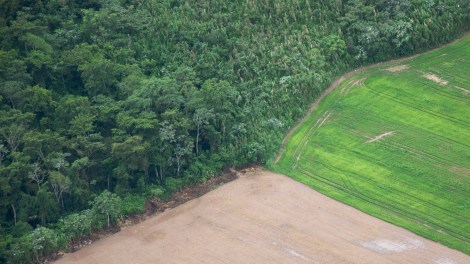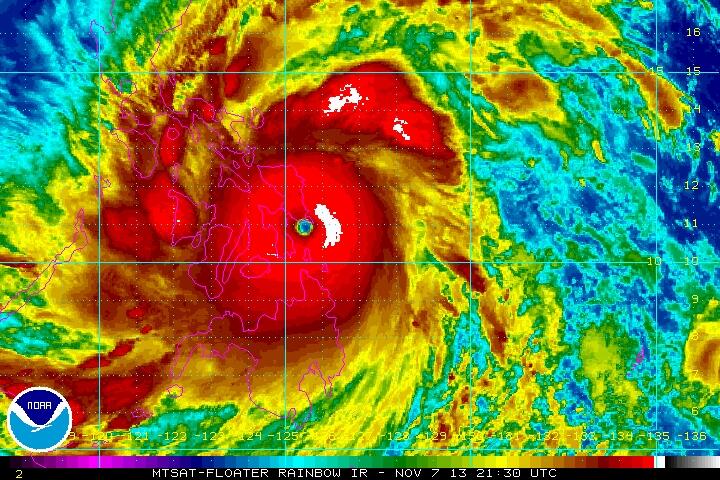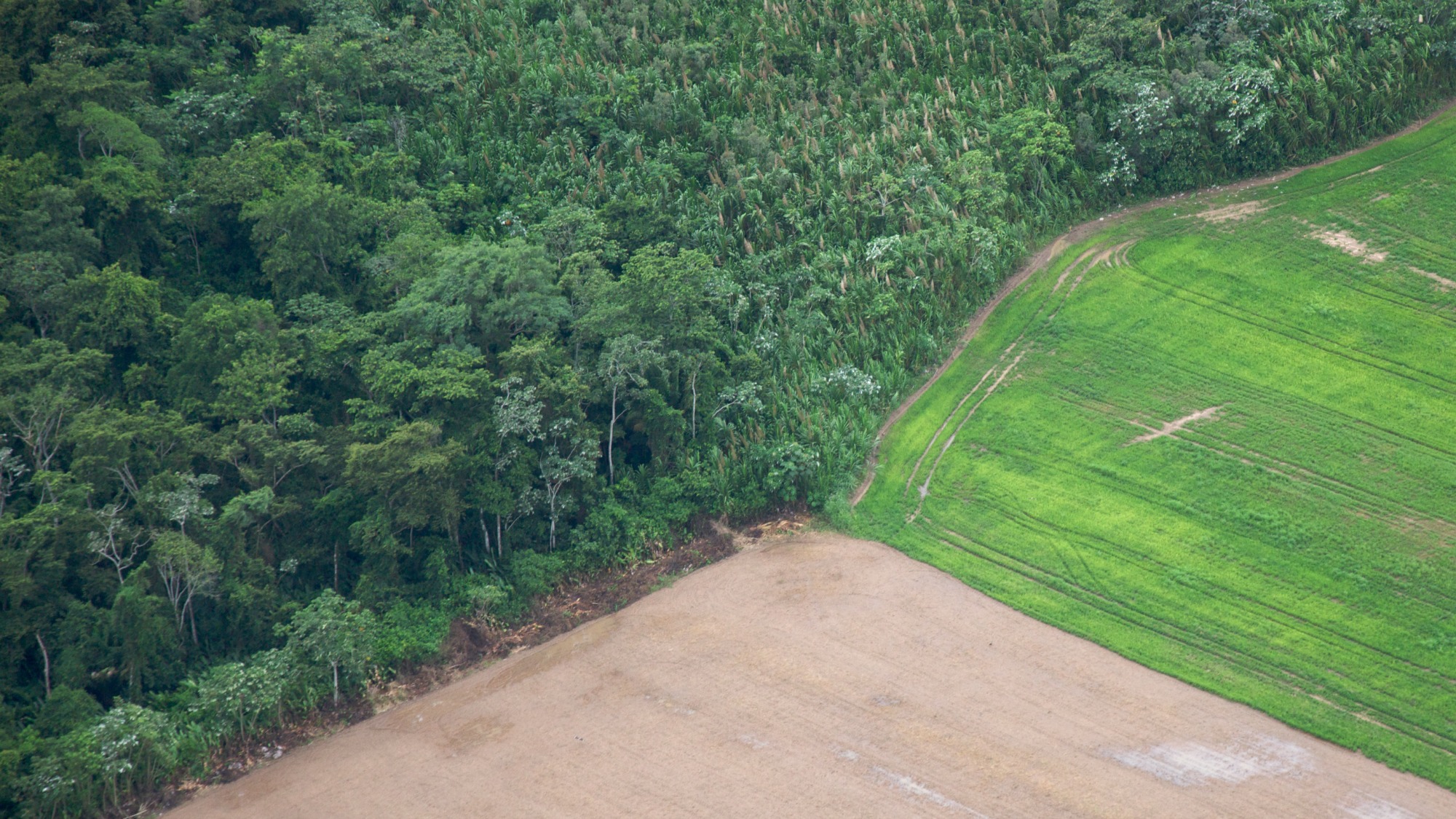
Sam Beebe, EcotrustCan you tell which part has been logged?
Buried amid the bleak news in a forest study that we told you about last week was a glimmer of hope: Analysis of satellite images taken from 2000 to 2012 revealed that deforestation was slowing down in Brazil.
But new Brazilian government figures, from August 2012 to July 2013, indicate that bad news is back: Amazonian deforestation over that period increased by 28 percent compared to the preceding 12 months. The Guardian reports:
The [increase], boosted partly by expanding farms and a rush for land around big infrastructure projects, fulfilled predictions by scientists and environmentalists that destruction was on the rise again. …
The reasons for the rebound in deforestation are numerous. Changes to Brazil’s forestry laws have created uncertainty among landowners regarding the amount of woodland they must preserve.
High global prices for agricultural commodities have also encouraged growers to cut trees to make way for farmland.
Loggers, squatters and others are also rushing to exploit land around big infrastructure projects, including railways, roads and hydroelectric dams under construction in the Amazon.
Brazil’s environment minister tried to put the focus on the “positive” decade-long trend rather than the one-year uptick, but activists weren’t buying it. “You can’t argue with numbers,” said Marcio Astrini of Greenpeace Brazil. “This is not alarmist — it’s a real and measured inversion of what had been a positive trend.”




